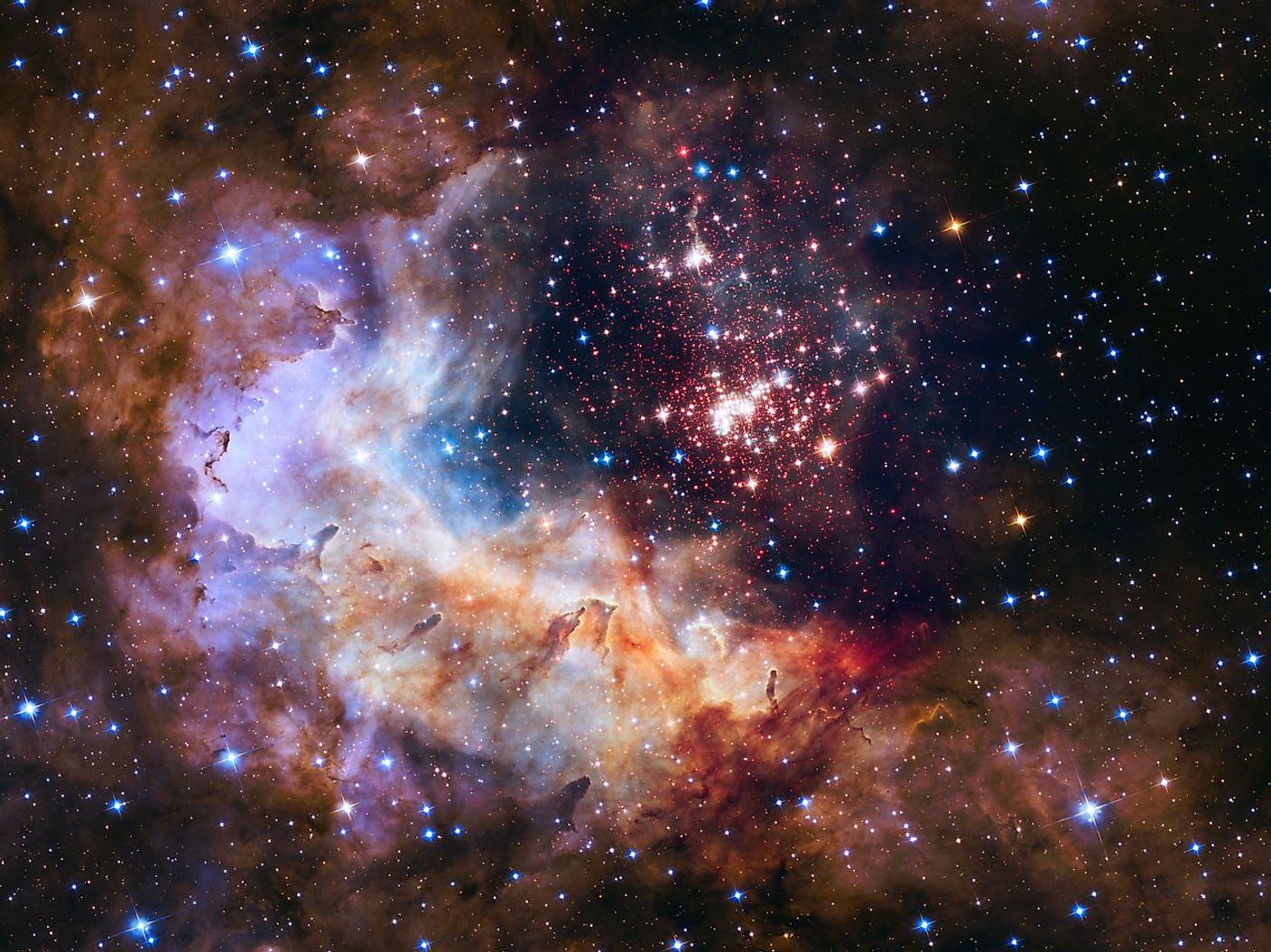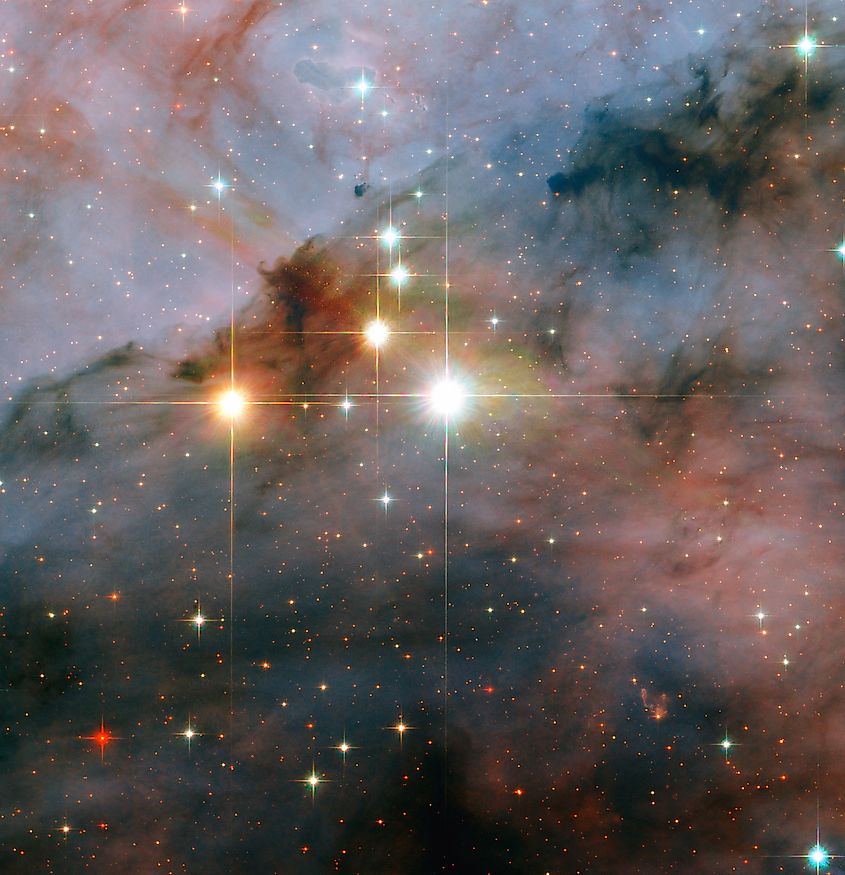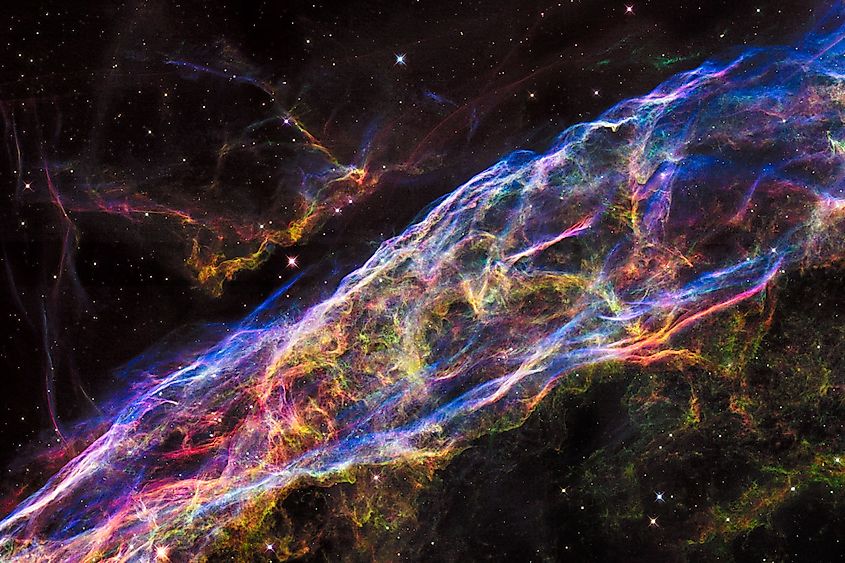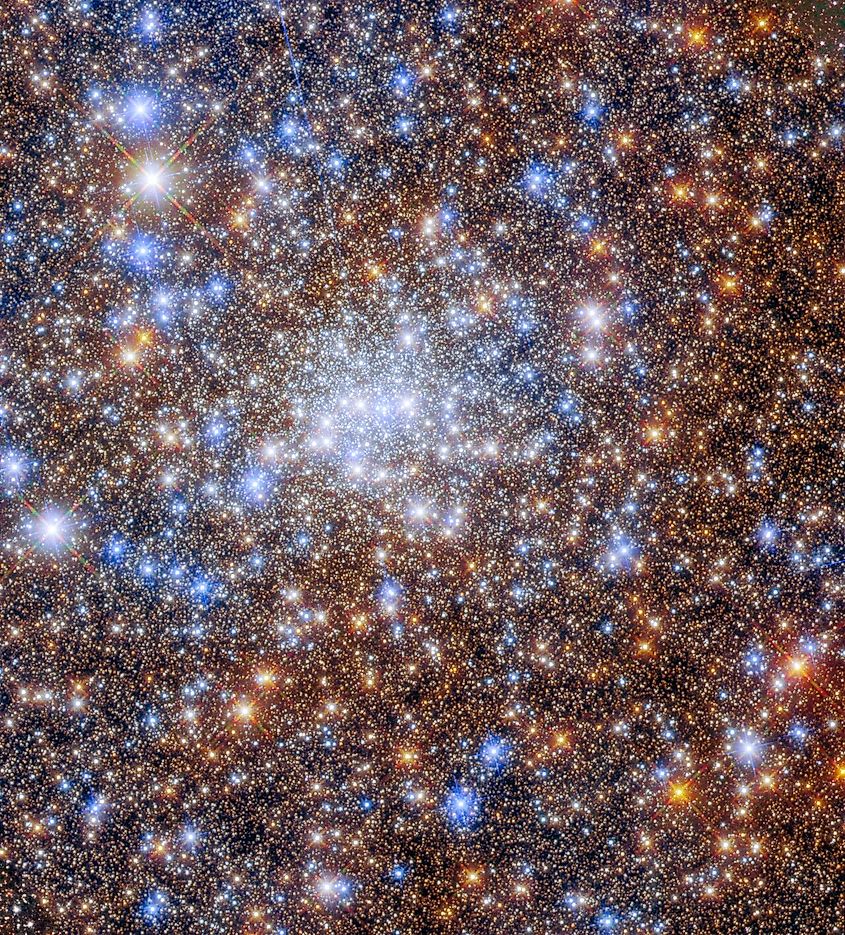
How Long Do Stars Live?
When we look upon the night sky, we can see thousands of individual stars. Relative to us, the night sky seems eternal, with the stars remaining unchanged for countless generations. However, appearances can often be deceiving. Every star will eventually meet its end. Some may shine for only a few million years, while others may shine for billions. How long do stars live for?
What Determines Stellar Lifespans?

While not every star is identical, one thing they all have in common is that they are each powered by the process of nuclear fusion. Within the core of every star, hydrogen nuclei are fused together to produce helium, along with vast amounts of energy that powers the star. When a star runs out of hydrogen fuel, it will enter into the final stages of its life. How long a star exists for is dependent upon its mass and temperature. The more massive a star is, the hotter it is. The lower a star’s mass, the lower its temperature. While one may assume that because star’s are powered by the fusion of hydrogen, the amount of hydrogen would be the deciding factor in how long a star will exist for. However, rather than the amount of fuel, it is the rate at which the star consumes that fuel that determines how long it exists for. The rate of fusion is determined by the mass and temperature of a star.
High Mass vs Low Mass

The more massive a star is, the hotter it is, and thus the higher the rate of fusion. Despite containing vast amounts of hydrogen fuel, the largest, most massive stars have the shortest lifespans. Their high internal temperatures mean that hydrogen fusion occurs at an accelerated rate compared to other stars, and so they tend to burn through their fuel quickly. The shortest lived stars will only continue fusing hydrogen in their cores for a few million years. After they run out of fuel, they will eventually explode as a supernova, leaving behind either a neutron star or a black hole. While a few million years may seem like a long time, it is nothing compared to other stars. For example, even our sun has existed for 4.5-billion years, and it still has at least another 4.5-billion years to go before it runs out of fuel. Even the sun, however, will exist for a relatively short period of time when compared to the lowest mass stars. Called red dwarfs, they possess the lowest masses and temperatures of any other type of star. Because of this, they burn their supply of hydrogen very slowly. In fact, the smallest red dwarfs have an estimated lifespan of over one-trillion years. Even the most massive red dwarfs will likely continue fusing hydrogen for at least 100-billion years. The lifespan of even the shortest-lived red dwarfs far exceeds the amount of time the universe itself has existed for, and so every red dwarf is still considered to be young.
Prospects For Life

Knowing how long different types of stars will exist for is important when searching for potentially habitable worlds beyond our solar system. Since high mass stars only exist for a few million years, astronomers do not tend to search for Earth-like worlds around them. This is because a few million years is likely far too short for habitable conditions, let alone life itself, to form. In fact, a lifespan of less than 10-million years may even be too short for planets to fully form, and so high mass stars are the least likely types of stars to find habitable planets. We already know life has arisen on a planet orbiting a star with a moderate lifespan, since life exists here on Earth. The sun will exist for about 10-billion years, which is a sufficient amount of time for planets to form and develop habitable conditions that can potentially lead to the formation of life. Since red dwarfs have the longest lifespans, they may have the most potential when looking for habitable worlds.











